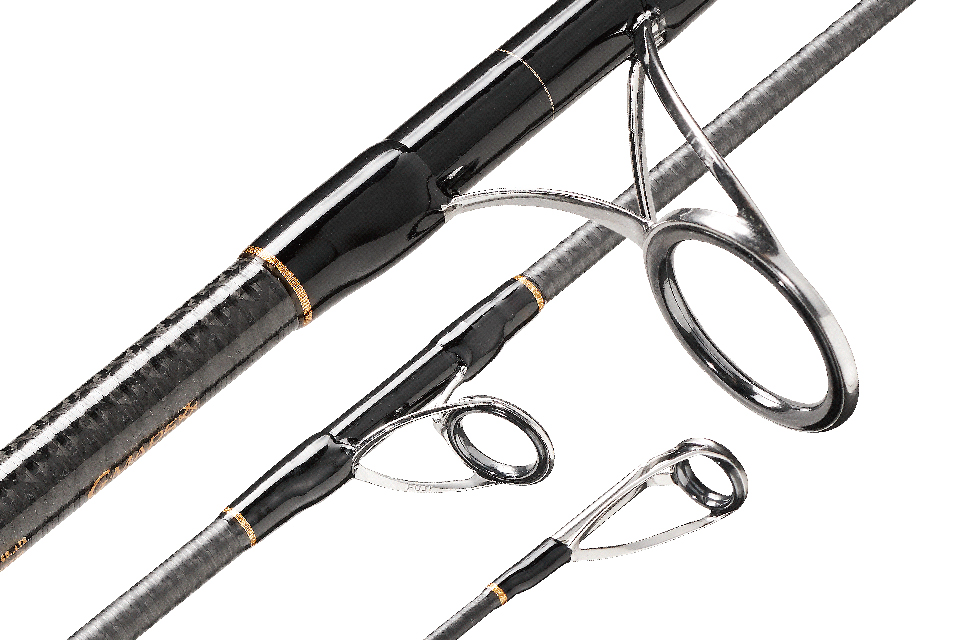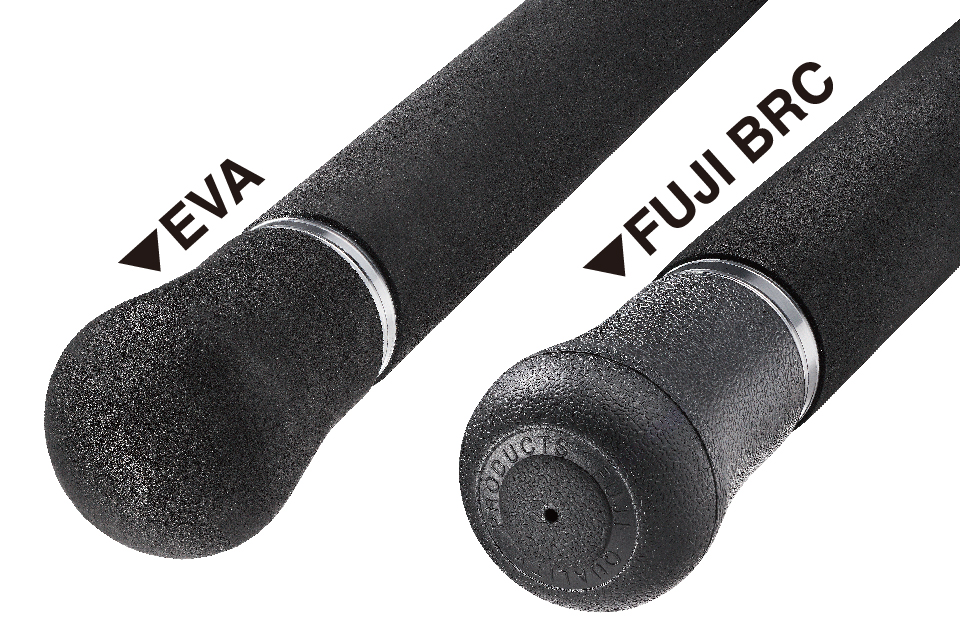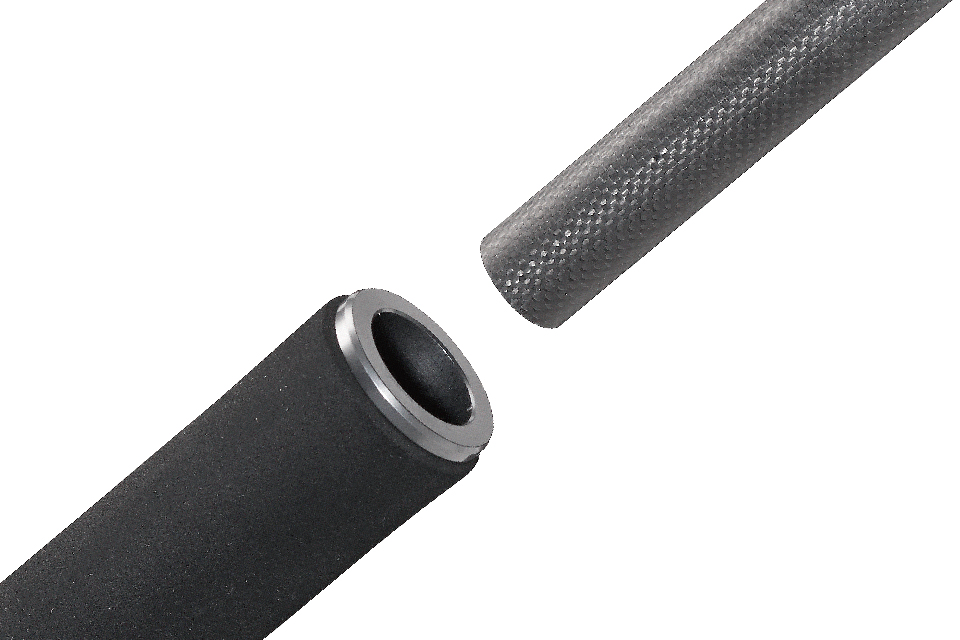
Graphiteleader PROTONE TUNA
| Length (m) |
Action | Weight (g) |
Close (cm) |
Top Dia (mm) |
Section (pcs.) |
Plug (g) |
Line PE(号) |
|
|---|---|---|---|---|---|---|---|---|
| 2.44 | Regular-Fast | 305 | 177.9 | 2.3 | 2 | MAX100 | MAX5 |
| Length (m) |
Action | Weight (g) |
Close (cm) |
Top Dia (mm) |
Section (pcs.) |
Plug (g) |
Line PE(号) |
|
|---|---|---|---|---|---|---|---|---|
| 2.44 | Regular-Fast | 322 | 177.9 | 2.6 | 2 | MAX130 | MAX6 |
| Length (m) |
Action | Weight (g) |
Close (cm) |
Top Dia (mm) |
Section (pcs.) |
Plug (g) |
Line PE(号) |
|
|---|---|---|---|---|---|---|---|---|
| 2.59 | Regular-Fast | 420 | 181.2 | 3.1 | 2 | MAX180 | MAX10 |
FEATURES
- General Top
- Fishing Top
- Material Technology

Aggressively = Power (strength)
A wider area = Distance
More accurate = Accuracy (direction)
Unique to graphite leaders
It's a concept.
Fishing rods must be excellent in strength. Persistence that does not lose to the target fish is also important. Although it is light and excellent in operability, it has immeasurable power inside. I think that's why I can confidently take the initiative during the fight.
In addition, lure rods require far-throw performance that can attack a wide area. Moreover, it is a distance ability with accuracy performance that not only flies, but also delivers lures to the targeted spot more accurately. It can be said that it is an excellent rod only when the three of Power, Distance, and Accuracy are well balanced.
PDAS (Pedus) theory changes golf
Like lure rods, we believe that the performance required for golf shafts is formed by P (Power), D (Distance), A (Accuracy), and S (Sensitivity). The shaft of the graphite leader has achieved a shaft design that best matches all golfers by balancing each of these four elements.

Blanks Material
More tenacious blanks, lighter operability, and more resonating high sensitivity characteristics. The provision of blanks that are optimal for the actual fishing performance required is the leader of graphite leaders.

By weaving the carbon fibers arranged by crossing in the 45 ゚ direction, it demonstrates even better characteristics against the strength to bending, twisting, and compression as it is molded to the wall thickness while increasing the uniformity and direction of the lamination density from the fabric. As a result, the swing return of the blanks (shape restoration power) is fast, so we were able to minimize the energy loss and realize the feeling of playing, good swinging, flight distance, and accuracy.
■Adopted products: Fishing rods and golf shafts

This 4-axis fabric is a special 4-axis fabric unique to Olympic, and by tilting the angle of the diagonally arranged fibers to 63.4° and assembling it to a higher density, it is possible to create a light and rigid blank. . With a multi-axis structure combined with other 4-axis fabric and plain weave carbon, you can achieve even higher performance blanks performance.
■Adopted product: Fishing rod

SUPER QUATTRO GRAPHITE CLOTH LV is the lightest 4-axis fabric. Succeeded in reducing the weight by 23% without compromising the kinetic energy effect of 0°90°45° fiber. It is effective for those that require tighter weight reduction and use in a small diameter.
■Adopted product: Fishing rod

"Super Quattro Graphite Cross" has a structure that wraps fibers with a precise fine pitch and high elasticity of fibers in each direction, and greatly improves athletic performance.
■Adopted products: Fishing rods and golf shafts

It increases the elastic modulus of graphite fibers and makes it even lighter. It is a high-grade fabric that increases the degree of freedom in the layout of the lightweight shaft and greatly contributes to weight reduction while maintaining the excellent mechanical properties that are also characteristic of the cross base material. Medium-elastic carbon fibers woven vertically and horizontally create high rigidity in all directions and push the potential of the shaft up a notch.
■Adopted product: Golf shaft

Weight was the only weakness of graphite cloth, which creates a feeling that cannot be achieved with single-directional fibers alone. However, when considering the layout that combines balancers, an outstanding feeling was born. By changing the angle to the blanks, we adjusted the balance of torsion and crushing rigidity so that the optimal feeling is created.
■Adopted products: Fishing rods and golf shafts

The difference from graphite cloth is the weight and molding thickness. It is a thin fabric composed of about 10% lighter weight while keeping the fiber composition ratio of vertical and horizontal. The silhouette of the appearance is also different from graphite cloth, and the square, which is also a feature of the carbon pattern, is greatly reflected, and it also has a visual impact of being light but strong.
■Adopted products: Fishing rods and golf shafts

Light weight graphite cloth is the lightest super fabric among textiles. Keeping the feeling of graphite cross as it is, the freedom of the layout increases and brings a new feeling.
■Adopted product: Fishing rod

Kevlar® fiber and carbon fiber composite fabric with high strength and excellent impact resistance. It boasts outstanding strength and feeling that could not be done with carbon alone. By involving the blanks with a bias cut, it exerts a more multi-axis effect, and the strength of the twisting and crushing direction and the following performance of the blanks have been improved.
■Adopted product: Fishing rod
※"Kevlar®" is a registered trademark of E.I. Dupont de Neumour and Company.

The strength and modulus of Kevlar® have the characteristics of intermediate between carbon fiber and glass fiber, and are especially super fibers with excellent toughness. By braiding fibers, we adopt a 2-axis fabric that is devised to relieve shock, and the compatibility of rigidity and vibration absorption energy contributes greatly to improving shaft performance.
■Adopted product: Golf shaft
※"Kevlar®" is a registered trademark of E.I. Dupont de Neumour and Company.

Hybrid borons with aligned carbon fibers and boron fibers arranged at equal intervals create a metallic feeling that cannot be achieved with carbon fiber alone. Boron fiber with a tensile elastic modulus of 40 tons not only exudes an exquisite feeling, but also dramatically improves the athletic performance of the shaft.
■Adopted product: Golf shaft
Pursuing higher quality materials
We reviewed the material of carbon prepreg itself and looked at the resin, which is another material that makes up carbon fiber and prepreg. Therefore, by using a high-performance prepreg (carbon fiber resin impregnation sheet) that combines "TRAYカ® T1100G" and "Nanoalloy® technology applied matrix resin", we achieved a significant increase in bending modulus while maintaining toughness. In addition, the adoption of the cutting-edge carbon fiber "TRADINGA® M40X" with high elasticity has created a more elastic rod shaft.

Trading Card®M40X
"Treca® M40X", which pursues both fiber strength and elastic modulus to the extreme, has improved the strength by about 30% while retaining the same modulus of conventional 40t carbon fiber.

Trading Card®T1100G
Toray Co., Ltd. carbon fiber "Torayca® T1100G" that realizes both high strength and high modulus is the highest strength 33t carbon fiber developed for next-generation aerospace.

Trading Card®T700G
The fiber characteristics are slightly more elastic than the T700S, and by combo with nanoalloy resin, the basic performance is raised one rank higher than the conventional product.
Innovative microstructure control technology "Nanoalloy®"

Nanoalloy® Technology
Toray Co., Ltd.'s "Nanoalloy® Technology" is an innovative technology that has realized the effect of improving the elastic modulus while maintaining toughness for the elastic modulus and fracture toughness of resins, which were conflicting and difficult to balance.
※"TRAYカ®" and "Nanoalloy®" are registered trademarks of Toray Co., Ltd.

Technology

Olympic Sensitivity System
The good or bad of the "sensitivity" of the rod was obvious after actually making the rod. In addition, there are various ways of feeling depending on the angler, and the method of evaluation has not been established. We repeated a number of prototypes, sensitivity measurements, and actual fishing in order to "quantify sensitivity". And finally succeeded in quantifying "sensitivity". " O.S.S. ( OLYMPIC Sensitivity System) was born.
This system has made it possible to provide rods that have cleared standardized numbers under the same conditions. The experiment is conducted with the target fish of each rod, but here we will introduce the experimental history of the rockfish rod Finezza.
◆The human hand can detect the frequency.
The Mysner and Patini bodies under the human skin can detect the frequency (vibration). And these receptors are especially concentrated on the fingertips. When human frequency identification ability was tested at 15 Hz to 120 Hz, there are test results that it was possible to identify in the range of ±20% in all frequency regions. With this report, experiments can be conducted based on the fact that the sensitivity of the rod can be sensed by humans as a frequency.
※The number and reaction of each small body vary greatly from person to person.
◆There are two types of rockfish atari.
We decided to measure the actual rockfish first. In this experiment, 2 rods made by other companies and GOFS-762UL-S <prototyping stage>, GOFS-762UL-T G+ (many number of guides) <prototyping stage>, GOFS-762UL-T G- (small number of guides) <prototyping stage> total 5 I decided to attach the sensor terminal to the rod of the book and display the Atari frequency on the personal computer using FFTanalyzer (high-speed Fourier transform) and MeasuringAmp (accelerometer). For tackle, use 3lb fluoroline and 1.4g jig head. Then, in this experiment, we were able to check 8 bites for each rod, a total of 40 bites, and we were able to divide it into two major patterns. First of all, the first one is the "sucking and inversion type" of the graph of 1, and the other one is the "tracking and inverted type" of 2. There is a difference in waveforms, so you can see that different frequencies are occurring.
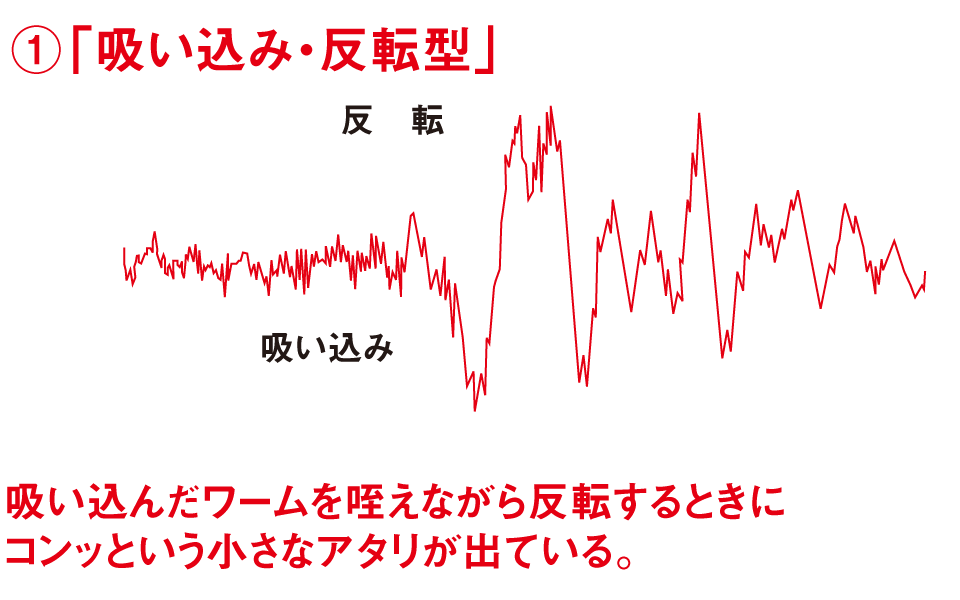
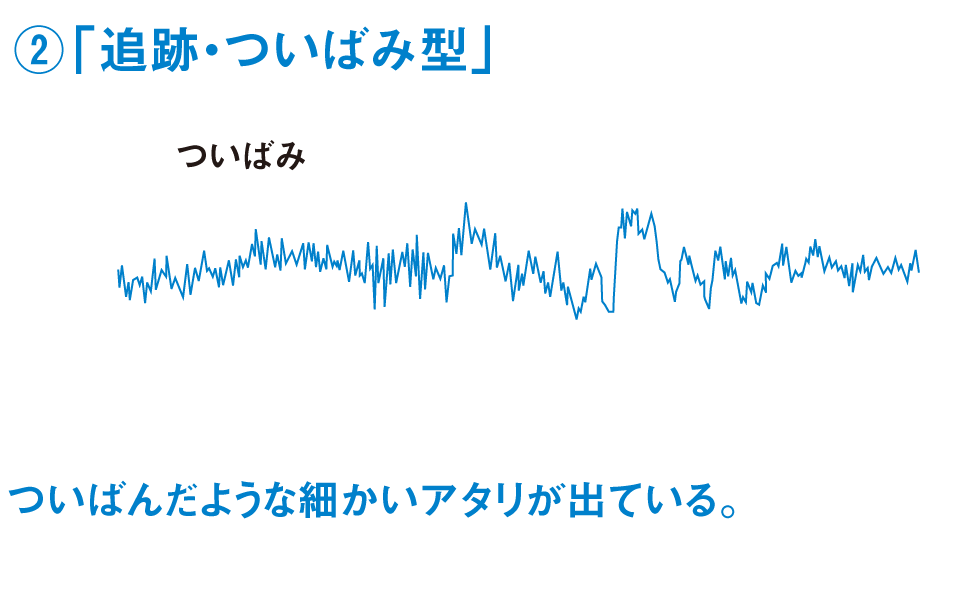
◆Frequency of each Atari
As a result of calculating the Atari frequency transmitted to the rod from the above-mentioned vibration acceleration graph, the "suction and inversion type" is mainly a frequency of 6 to 18 Hz, and in Company A's tubular rod, the trajectory of Atari is only once and represents the trajectory of short bytes. I was. From this, for such a very small Atari with a low frequency, it is important to feel the Atari and hang it automatically with a soft tip, rather than feeling the Atari. It turns out that the other "tracking and tucking type" is in the frequency range of 30 to 40 Hz. In this area, there is a clear difference in the graph depending on the rod, so how you can feel the bite of this area is the condition of the high-sensitivity rod.
◆The difference in the natural frequency is the difference in how you feel
Things vibrate at a fixed frequency when they are impacted. This is called the natural frequency. It is generally said that the harder the frequency, the higher the frequency, and the softer the frequency. And of course, there is also a natural frequency in the fishing rod, and the one that measured it is Table 3. Omori No. 2 is attached to the 3lb fluoroline, and the average value of the 64 times when the thread is played with your finger is displayed. Looking at this, it can be clearly said that only the rod of Company B is a rod with a natural frequency biased towards the low frequency region. The difference in the natural frequency of each rod is considered to be one of the reasons why the Atari feels differently.

◆What makes Atari clear is the resonant state
There is a phenomenon called "resonance". " Resonance" means that the amplitude is the largest when the natural frequency and the frequency given from the outside match, that is, if the Atari frequency is equal to the natural frequency of the rod, it will be in a resonant state and feel "high sensitivity". If you compare the frequency of the two Atari and the intrinsic frequency graph of 3, Company B's rod is difficult to sense the "tracking and tacling type" Atari, and Finezza has its own action setting for both the tubular top and the solid top. Depending on the fixed, you can see that it can be sensed against both Atari. In particular, you can clearly see the difference with the 30 to 40 Hz Atari of "tracking and Tsubami type" that has a difference in sensitivity. Even if it is a result solid top, it can be said that it can achieve a high sensitivity comparable to a tubular depending on the action setting. The difference in sensitivity due to the number of Finnezza guides could not be seen in this experiment.
◆Compared by the attenuation rate, the difference is clearer
In addition to the above experiments, we also paid attention to the attenuation rate and sensitivity. The attenuation rate represents the speed and size of the vibration decay. If the attenuation rate is high relative to the Atari frequency, the vibration will converge as soon as the Atari comes. In other words, it becomes difficult to feel it as a vibration in the palm of your hand holding the rod. Using a s振or, I checked the attenuation rate of each rod for the measured tsukeb type Atari (about 30 Hz), and it matched the ranking listed from the actual feeling of use. It can be quantified in a fairly clear way, so it can be said that it is a powerful method as a means of measuring sensitivity.
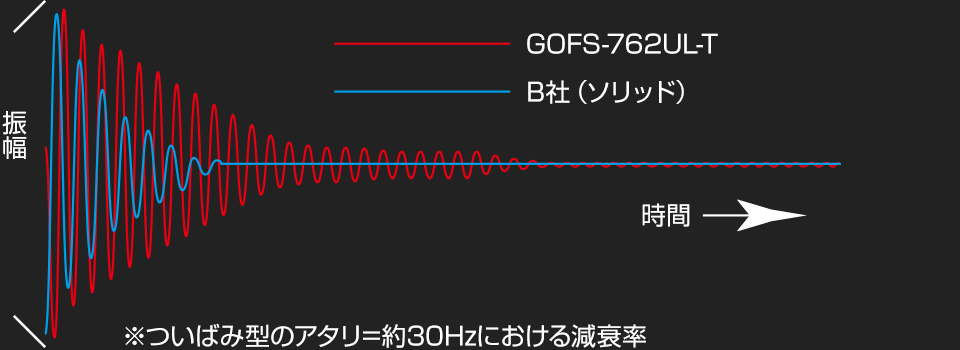
The time waveform is the damping rate of GOFS-762UL-T, which had the lowest attenuation rate at 30Hz, and the highest, Company B (solid), which was the highest. The slower the waveform convergence (lower the decay rate), the higher the sensitivity.
And also for golf shafts

Graphite Reader Sensitivity System
Even if the shaft of the golf club is asked about flex, torque, kick point, and weight, sensitivity = sensitivity has not been considered very important so far. Of course, factors other than sensitivity are also important, but the performance to produce a reliable shot to make further use of those characteristics was the sensitivity of the shaft. Feel the good or bad of the shot with the palm of your hand, instantly judge the function of the shaft, and feed it back to the next shot. It's the sensitivity that makes it possible. The know-how I developed from the development of fishing rods is G.S.S. ( It is used for high-sensitivity shaft production as a Graphiteleader Sensitivity System.

G-Maps
In general, the blanks of the fishing rod are made by distributing carbon fibers at 0° (vertical) and 90° (horizontal) in the longitudinal direction, and carbon sheets (prepreg) are stacked according to the required power.
In the graphite leader, we succeeded in creating blanks with increased power and strength by adopting a more advanced manufacturing method called G-MAPS. The G-MAPS manufacturing method is an excellent physical method that uses ultra-thin carbon prepreg to adopt a multi-layer structure, and then adjusts the fiber angle diagonally to the longitudinal direction of some layers to enhance the torsional rigidity.
Therefore, the blanks of the G-MAPS manufacturing method can be said to be high-tech blanks with performance that could not be achieved with the conventional general manufacturing method, which is lightweight but powerful. If you combine this with 4-axis fabric and multi-axis fabric, it will be possible to create the ultimate blanks.
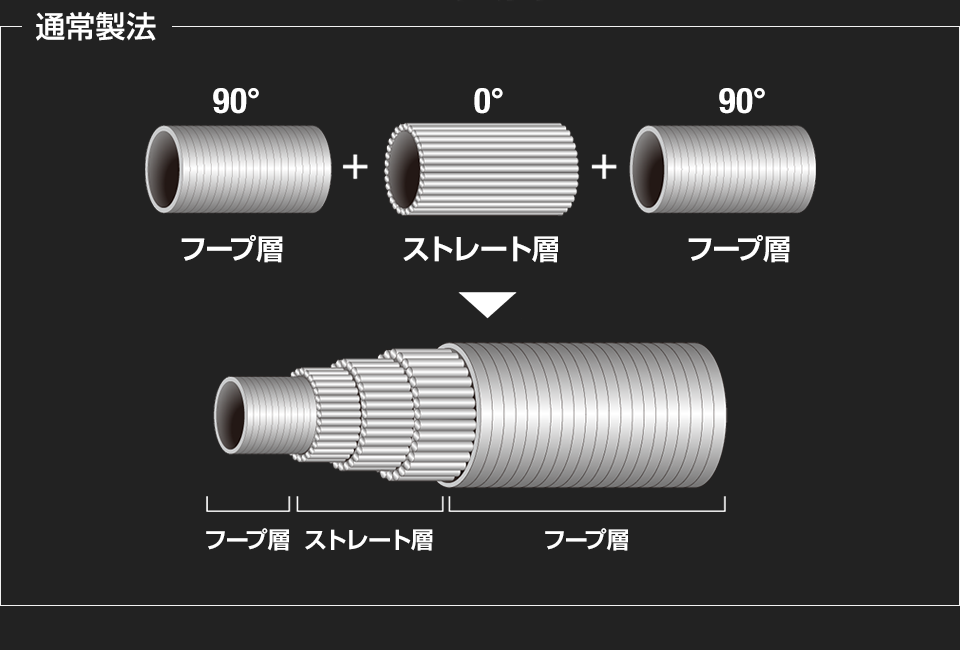
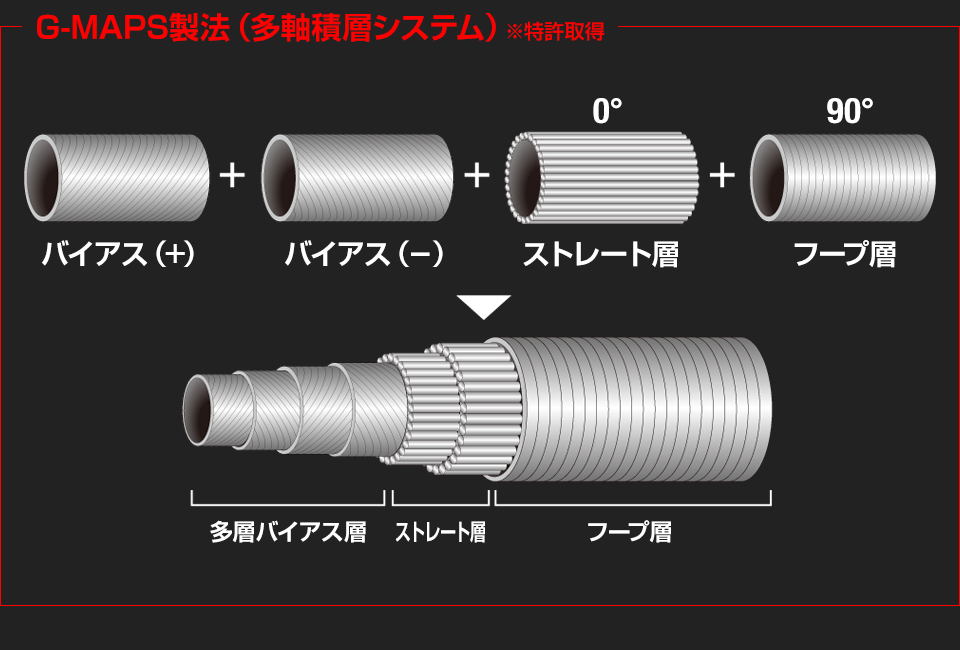
The rod tries to return straight instantly even if the cross-section on the pipe is deformed by bending or twisting as shown in the figure. The G-MAPS manufacturing method has excellent shape restoration power, and it has achieved an unprecedented, soft and spring-like return.
※The illustration is an image.
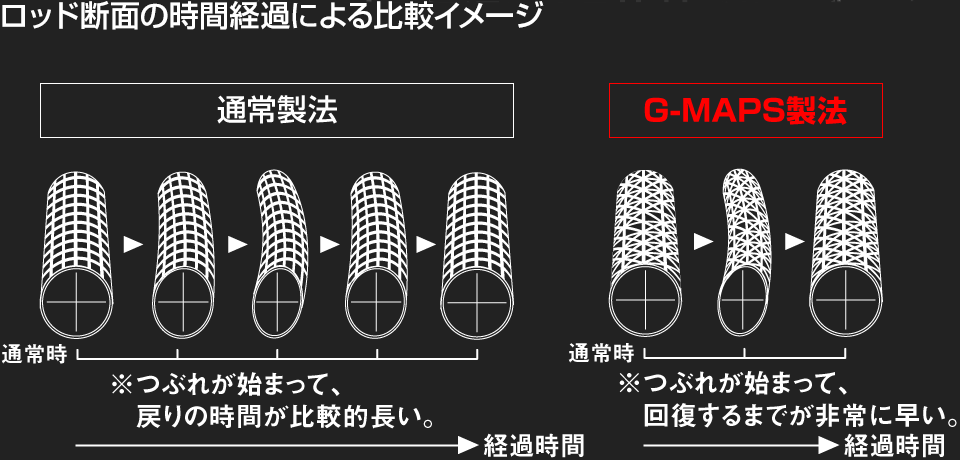

Autoclave Technology
The "autoclave manufacturing method" is a special molding method used to produce important parts related to life, such as the wings of the Boeing 787 and the body of the racing car.
Unlike conventional curing processes and molding methods, it is a revolutionary molding method that can eliminate air bubbles (boid) that exist between the laminations of carbon sheets as much as possible by "de-de-de-de-de-vacuumerator and vacuum" and "pressurize" in the heating process. It is. " High quality", "high purity", "realization of stable strength" and "more weight reduction" can be expected by it.

